How to have a more joyful vacation
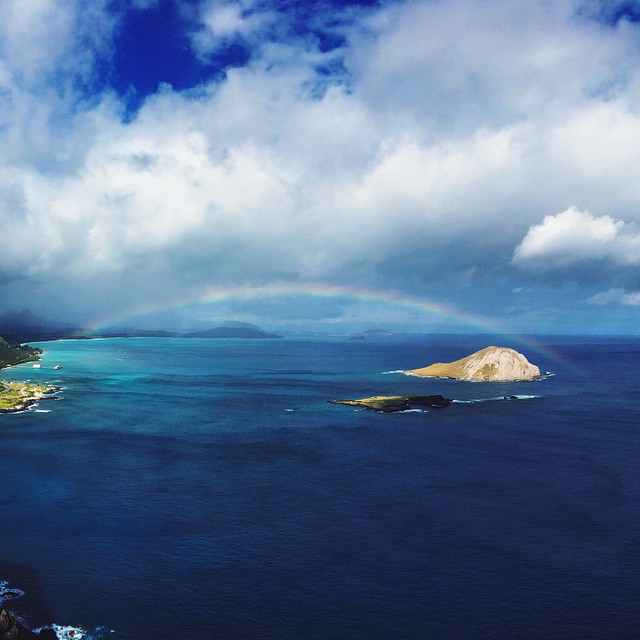
A few weeks ago, I gave a talk about the joy of travel at a tourism conference. While the talk was aimed primarily at helping people in the tourism industry create better experiences for travelers, in the process of researching it I came across a ton of tips for how to maximize the joy you get out of your vacation, many of which are backed by science.
Travel is an inherently joyful experience, especially when we’re doing it for fun. Though it is often full of little hassles, from removing our shoes at the security checkpoint to flight delays to waiting on lines, we’re more than willing to put up with them because of the joy that lies on the other side. Our travels can refresh and restore us, bring us new discoveries and connections, and open us up to new ideas. They’re full of the little moments that make us feel a bit more alive.
So with that in mind, here are my favorite ways to squeeze as much joy as possible out of your next vacation.
Plan ahead
“Anticipation of pleasure is, in itself, a very considerable pleasure,” wrote David Hume, and science seems to agree with him. Studies have found that we enjoy an experience more when we wait for it. Researchers believe that this may be because we create detailed mental simulations of future events, so imagining a future vacation fills our minds with rich sensations and exciting possibilities. Anticipation lets us bring our future joy into the present, and the longer we plan ahead, the more time we have to enjoy it.
So go ahead and spend the time before your trip browsing travel sites, perusing magazines, and checking out other people’s trips on Instagram. Though you might be afraid that all the buildup will create too-high expectations, in fact, it’s more likely to amplify the joy you eventually get out of the trip.
Create new memories
Do you remember what vacations felt like as a kid? My memories of my own are long and luxurious: a week at the beach stretched out endless, hours upon hours spent splashing around in the waves, making sand castles, eating tuna melts and soft serve from the snack bar. Now a week at the beach seems to pass in a blink.
According to time and productivity expert Laura Vanderkam, this tendency for time to seem to speed up as we get older has to do, in part, with the way memories are stored in the brain. Memories of similar events done repeatedly get “telescoped,” saving space and collapsing time. So if you come home every day and watch two hours of TV, your brain doesn’t need to carve out space for each TV-watching session. It just condenses all those evenings into one.
But if you do something new, it forces the brain to create a new memory. So let’s say one night you take a walk or go to an art exhibit: these things will stand out as different and make time seem to slow down. This matters for vacations because a lot of the things we have to do in daily life are routine, while vacations are a space where we can invest in making new memories that will help us feel like our vacation was longer and richer than a normal week.
This is particularly important if you’re having a staycation, or if you tend to go to the same place for vacation again and again. Familiar places can be comforting, and there’s joy in traditions such as an annual fishing outing or clambake. But it’s also essential to remember to do new things on these trips, to see a different side of a well-known place and etch a new pathway for your holiday memories.
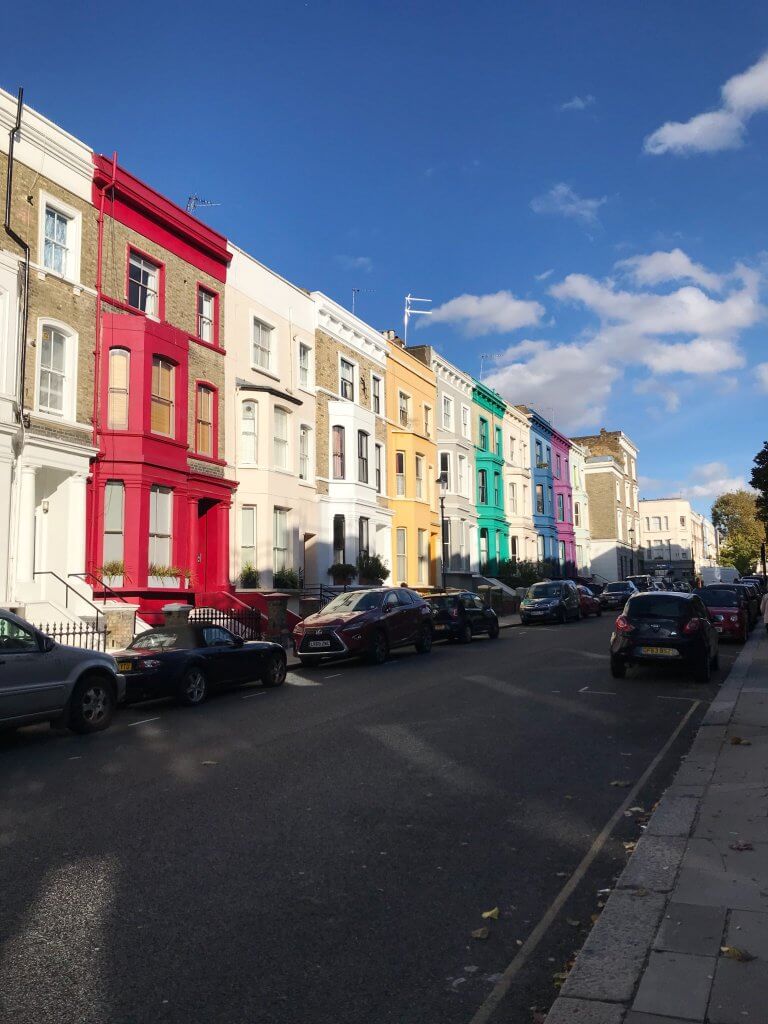
Make a good reading list
This tip is inspired by a 1959 essay by children’s book author Jean Craighead George. The essay, entitled “Summer and Children and Birds and Animals and Flowers and Trees and Bees and Books,” describes how George and her family used the natural world as a jumping off point for all kinds of adventures and discoveries. The trick, she writes, is to follow your curiosity and then find books or other resources that can add depth and texture that isn’t visible to the naked eye. She writes:
“We went west several summers ago. At first, the cowboys were the thing. We all but tackled every cowboy during the first week we were in Wyoming. As it turned out, they were all good cowboys and nobody had shot anybody, and the west began to dull. Then one night the voices of the coyotes rose around our tent. Wide-eyed and goose-bumpy, the children sat up and listened. We talked about them until everyone was calm and sleepy. The next day however, we had to go out and see where the coyote lived. We walked through scratchy sage brush and over rocks, and all we found was a den, dry and uninteresting. Fortunately, the cousins we were visiting had a book Wild Animals of the Five Rivers Country by George Cory Franklin. The chapter on the coyote opened his dry den to us. We learned his habits and his food, and the following week we had to take another trip to see the pocket gophers. On this trip what we could not see was there anyway, as we knew all about the wild animals of this area.”
I love the phrase “what we could not see was there anyway,” because it highlights how sometimes the most interesting things about a place are not obvious. Creatures hide and the past gets buried, but reading about these things can surface them. It can help us know what to look and listen for, ensuring that we don’t miss fleeting appearances of local wonders. And it can help fight hedonic adaptation, the tendency for joy to ebb as the novelty of a place wears off.
For me, seeing an exhibit of Georgia O’Keeffe and Ansel Adams works made on a trip to Hawaii totally changed my assumptions about the place. I found a book about O’Keeffe’s trip, which had been commissioned by the Hawaiian Pineapple Company; when I did end up going to Hawaii, I felt easily able to overlook the touristy aspect and instead zoomed in on the wild botanicals all around me. If books aren’t your thing, search for documentaries, historical dramas, or even music from your destination to broaden the context for your trip.
Get outdoors
I know I’m a broken record about this, but one of the very best things you can do for your mental health on vacation is spend some time outdoors. Nature exposure has been shown to decrease the physical markers of stress, reduce the tendency to ruminate over problems, and improve overall wellbeing. According to one recent study, just 20 minutes in nature is enough to reduce cortisol levels. But other research has shown that visits of 30 minutes or longer lead to a deeper emotional connection and greater psychological benefits.
It’s easy to forget this, though. Studies show that we often underestimate just how much of a mood boost we’ll get from being out in nature, which rings true for me on a personal level. I remember in high school how my dad used to drag me, complaining loudly, out to a nearby nature preserve for a walk. But a few minutes in, I found myself enchanted by my surroundings, absorbed in conversations about ice patterns or clouds. I always left feeling a bit sheepish about my earlier protestations.
While daily life often keeps us indoors, vacations can offer ample opportunities to get outdoors, if we take advantage of them. When planning your trip, it’s worth noting that the kind of nature matters. More remote natural settings have been found to be more restorative than urban ones, with coastal areas and national parks being particularly beneficial. And more biodiverse natural settings are associated with greater restoration than those with fewer species of plants and animals.

Embrace JOMO
A few years ago, in Japan, I wrote a post about how sometimes my desire to see and do everything in a place can get in the way of joy.
But this mode of travel has its downsides. (Sore feet, for starters.) I have a tendency to push just a bit too far. The relentless pursuit of “one more stop” can wear out my travel companions and honestly, me too. And I can get a little dogged about things. I hate eating at tourist traps and will often wander for way too long trying to find a restaurant I’m happy with, which leads to that terribly unpleasant cranky state known in our house as hangry.
An antidote to this is JOMO, or the joy of missing out, a term that is the opposite of FOMO (fear of missing out), a feeling well-known to anyone who spends time on social media. The idea behind JOMO is to take a break from checking things off the bucket list, and make time for the ordinary. As I wrote in Tokyo:
I had a long, quiet breakfast and instead of scribbling every single observation in my notebook, I just watched the people walking by in the street. I passed by a florist and on a whim I bought a couple of anemones, then walked to the nearest cafe with outdoor seating and sketched in the sunshine. I didn’t make any pilgrimages anywhere, and the only “destination” I had all day was dinner with an old friend. Basically, I did the kinds of things I’d do on a particularly nice Saturday at home. I just did them in Japan.
Many small joys add up, and slowing down creates space to savor the small oddities of life in a different place. It amplifies the feeling of freedom that we get on vacation, liberating us from schedules and expectations.
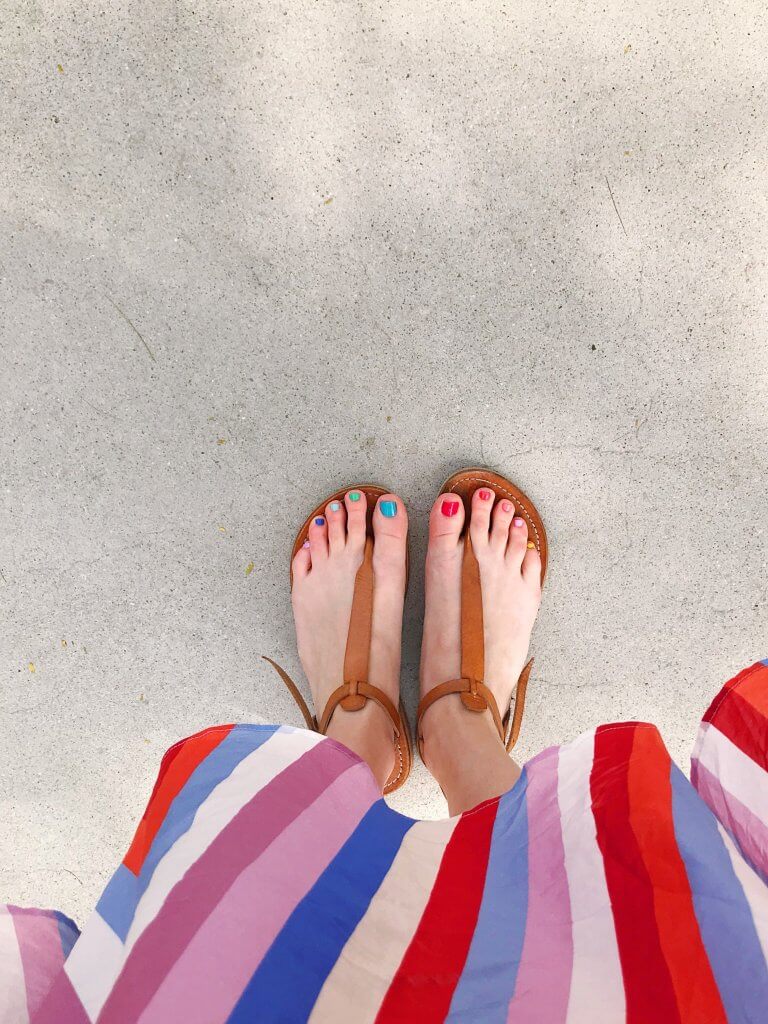
Go out with a bang
Planning the activities for a trip can sometimes feel like a bit of a puzzle. But you can’t go wrong if you schedule your high point (e.g. fancy dinner, hot air balloon ride, or river rafting daytrip) near the end of your trip. Why? The answer has to do with something called the peak-end rule, which says in part that that humans tend to disproportionately weight the end of experience when we recall how we feel about it.
This is especially beneficial if your vacation budget is tight. Choosing to end on a high note helps you maximize the value of your splurge, casting a joyful halo over the rest of the trip.
Savor the good
One of the simplest ways to get more enjoyment out of your vacation is through a practice known as savoring. Basically, savoring can increase the joy we find in an experience by extending and intensifying it. One way to savor that has been shown to be effective is sharpening your sensory awareness about a moment. Notice what you’re smelling, hearing, touching, and tasting. Being mindful of your sensory experience brings you into the present and helps form a deeper, richer memory that you can come back to later.
Another way to savor is to talk about your experience with others. Share out loud what’s bringing you joy, and let them share their feelings too. Often on vacations my husband will ask at dinner what the best part of the day was for me. We take turns sharing, and it helps to cement the good vibes. We also often do this at the end of a trip, listing our three favorite moments.
Lastly, savoring researchers suggest taking a mental photograph of a moment you want to remember. There’s some research to suggest that when we take a photo of something, we’re actually more likely to forget it. But taking a mental photograph can be a way of imprinting a scene in our memories, helping extend our joy into the future.
Choose sensorial souvenirs
One of the great joys of travel, for me, is finding a few souvenirs to bring back. Souvenirs can be a prompt for savoring, physical triggers that reignite our memories and help keep our vacations alive long after they’ve finished. And the more sensorial the souvenir, the more effective it is. That’s because senses like scent and sound are deeply linked to the memory and emotional centers of our brains.

Maybe you’ve experienced this: inhaling a waft of a scent or hearing a fragment of a song can transport you through time and place. Roses take me back to Marrakech, where they seemed to be everywhere, all the time. There’s a certain kind of woodsmoke that airlifts me back to a street in Vietnam in 2006. I can close my eyes and see the dirt-covered shoes I was wearing, hear the voices of the street vendors, see the motorcycles whizzing past. When I hear Hawaiian music, it seems to melt the muscles in my body, taking me directly to the Halekulani in Waikiki. The air around me seems to soften, even sitting at my desk in the middle of winter.
To take advantage of this, look for souvenirs with sensory components. If you loved the food on your trip, is there a particular spice you can bring home and learn to cook with? Can you find a bag of dried pine needles or herbs that you can keep on your desk? A flower you can plant in your garden? A type of music you can make a playlist for, so you can listen to it on your commute?
For me, the most joyful vacations are ones where I’m able to bring some aspect of that vacation back into my everyday life. Even if everyday can’t be vacation, having a little bit more of that vacation joy makes it easier to wait for the next one.

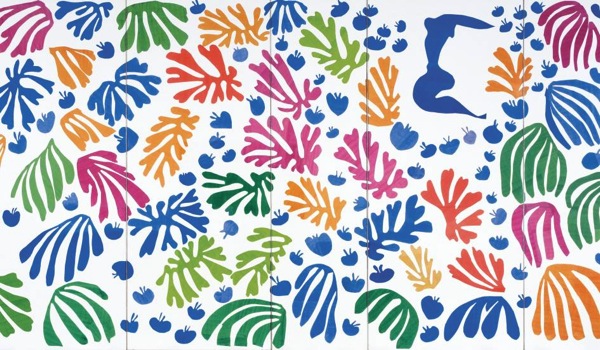

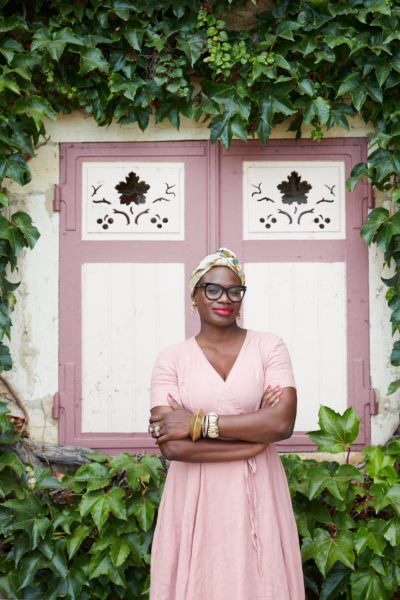

Discussion (7 Comments)
Hi – thank you for this gorgeous and thoughtful post, so much to take in. As a child I never had a vacation, my parents were not interested in anything beyond our town. I felt as though I missed out, and have strived ever since to make memories for my daughter by exploring the world.
Wow, thank you so much for the kind words, Diane. I love hearing that you’re finding ways to explore and create memories with your daughter. She’ll be so grateful for that as she gets older and sees how lucky she is to have a mom like you!
I love this post! I haven’t done a ton of traveling in my life, but the travels I have experienced have contained some key points you mention hear in embracing joy, and I can’t help but feel validated in knowing that I was doing something right. 😉 Thank you for your wonderful tips, and I look forward to putting more in practice the next time I go on a trip!
I’m so glad, Victoria. It sounds like you’ve intuitively found your way toward finding joy in your travels. Hope your next journey is a joyful one!
I love the reminder to find sensory souvenirs. My husband and I used to collect hand thrown mugs on our trips – 20 years later they still prompt wonderful morning “memory vacations”. We ended up with so many mugs we stopped collecting them and started buying a CD for each trip. Special songs transport me to the French hillside or the Mayan Riviera. Time to look for the cd my son and I will listen to on our West Coast road-trip this summer!
I like to purchase a small perfume (you can even do that beforehand) and wear it while vacationing. Wearing that perfume later brings you straight back to that location in a very elemental way.
That’s a wonderful idea!!